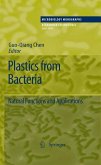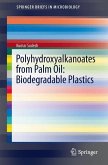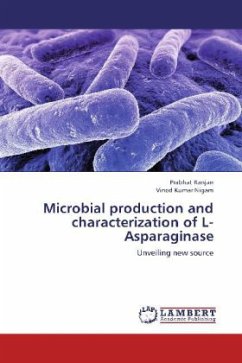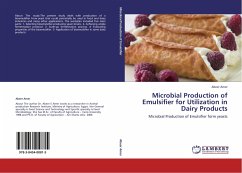Polyhydroxyalkanoate (PHA) is a type of biodegradable polymer derived from microbial fermentation. It has gained much attention as a potential substitute for some petrochemical-based polymers because of its similar material properties. PHA serves as intracellular energy storage material and the key enzyme involved in PHA biosynthesis is PHA synthase (PhaC). The life cycle of PHA is sustainable since it is primarily produced from renewable bio-based carbon sources. Global consumption of PHA is still a challenge due to the high production cost involved. Ongoing researches often include identification of cheap and renewable carbon feedstock and bacterial strains exhibiting PhaC with broad substrate specificity and ability to synthesize high concentrations of PHA. This work devotes such interest in studying the potentials of a natural PhaC belonging to the strain Chromobacterium sp. USM2. The PhaC of this strain exhibited high activity and the ability to incorporate co-monomers of 3-hydroxyvalerate and 3-hydroxyhexanoate. PHA terpolymers with interesting polymeric properties were produced using crude palm kernel oil as the main carbon source and addition of precursor substrates.
Bitte wählen Sie Ihr Anliegen aus.
Rechnungen
Retourenschein anfordern
Bestellstatus
Storno








